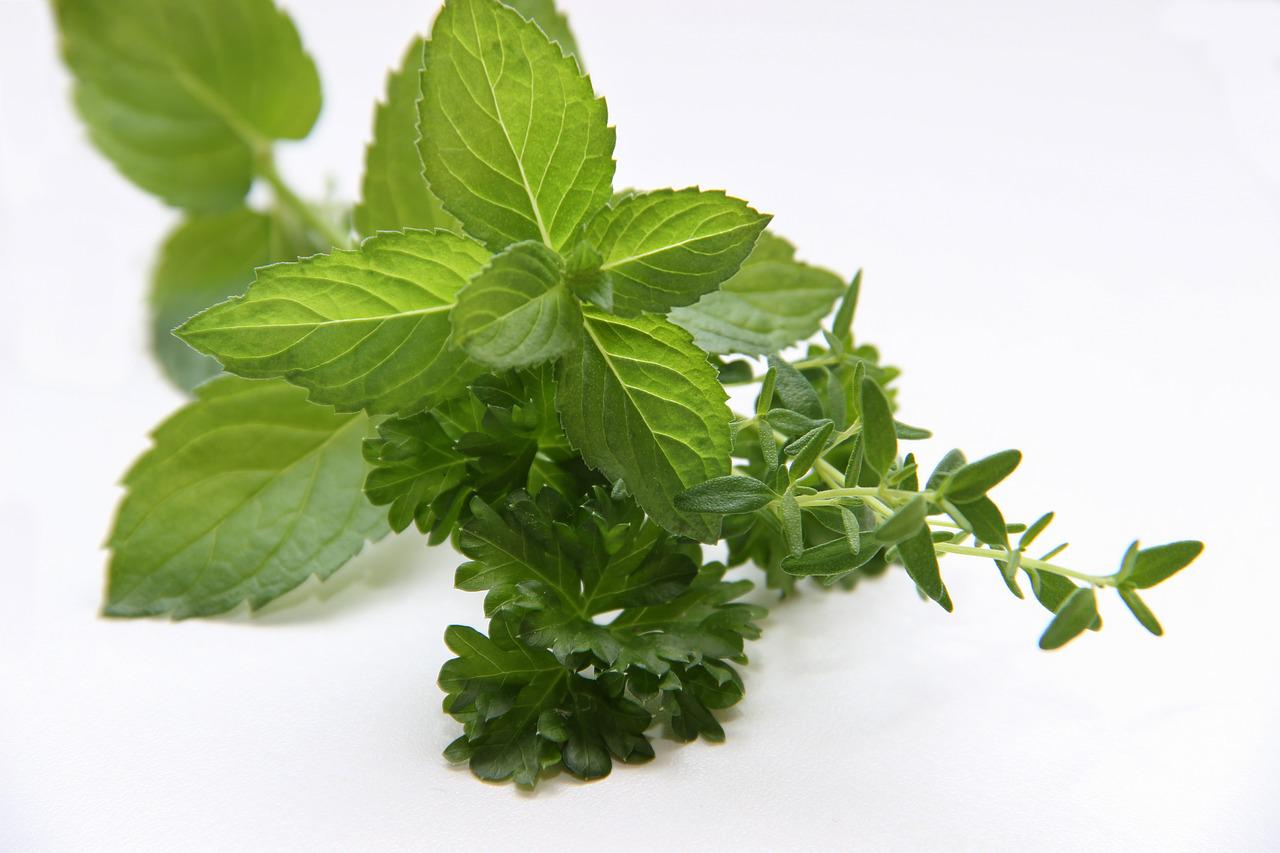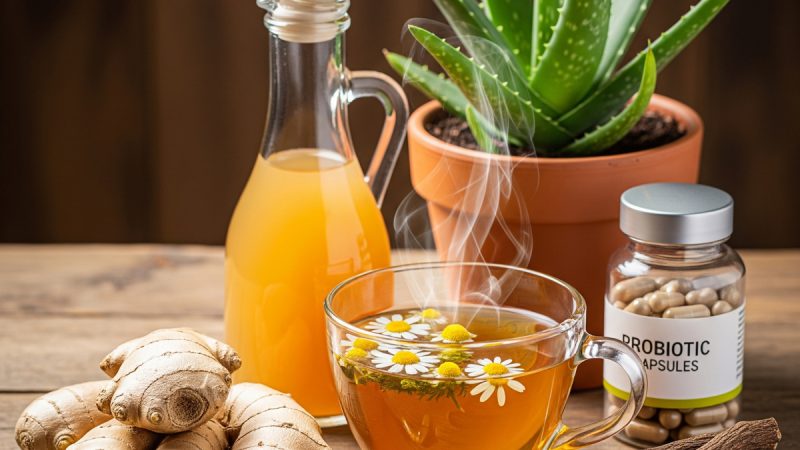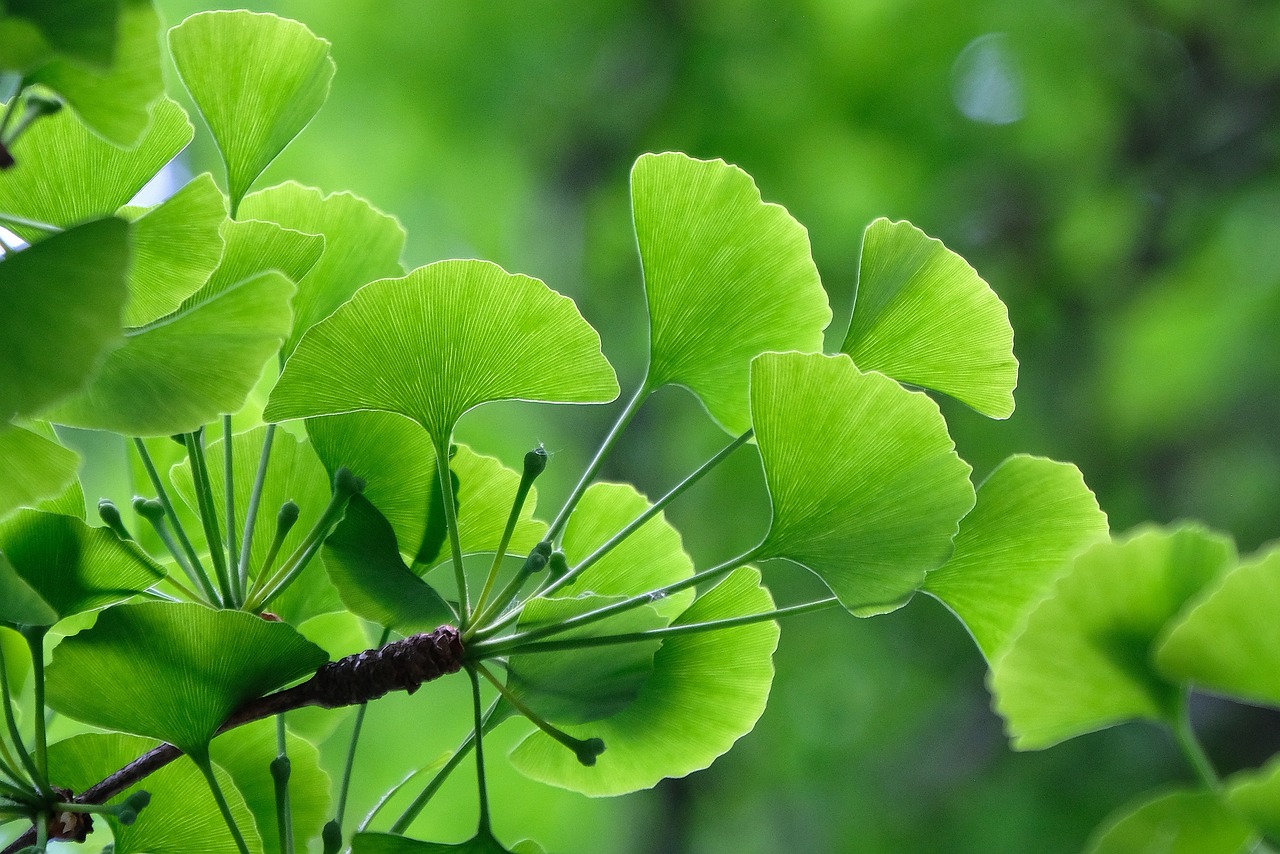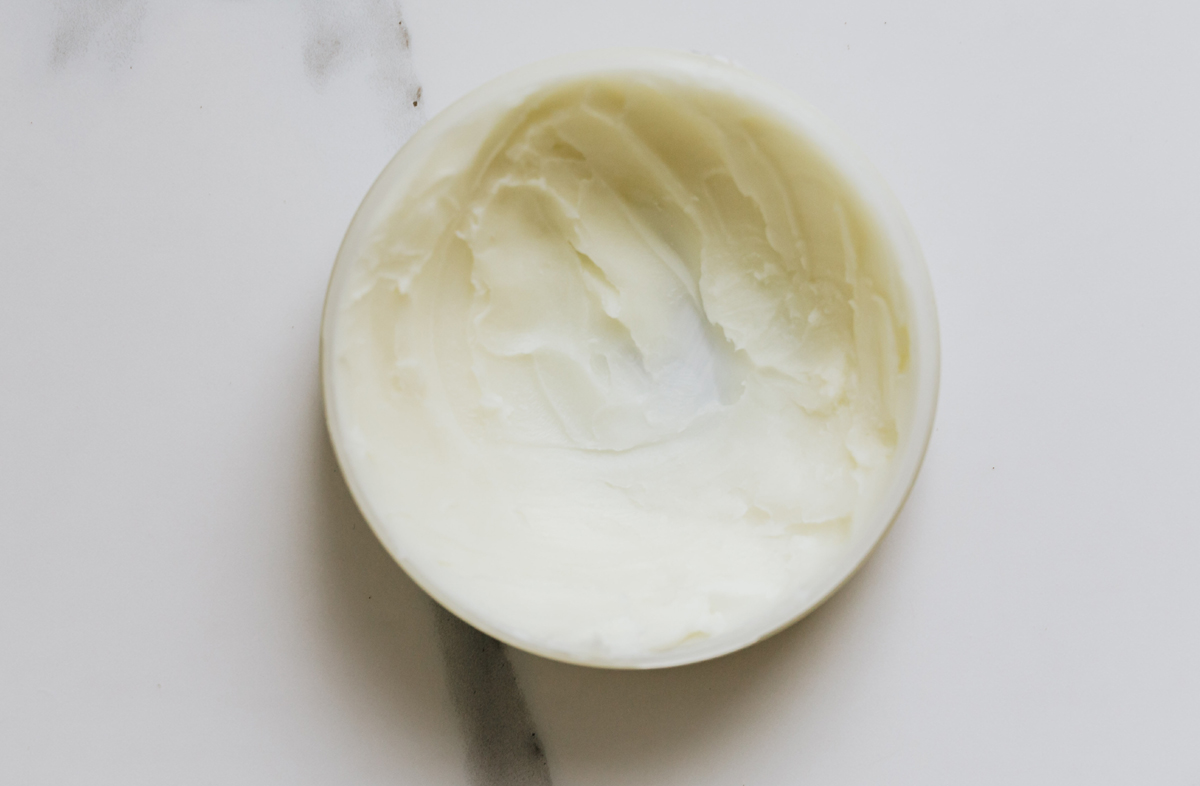7 Herbs That are Effective for Bad Breath

Herbs are a necessity in the modern kitchen. You may be using fresh herbs, dry herbs or crushed herbs, depending on availability and season in your cooking. You may be astonished to learn that quite of few of the herbs can be used as a remedy for bad breath. If you are willing to try alternative remedies, these are the herbs that can help with halitosis.
Eucalyptus:
This herb was originally used by the Australian aborigines who managed to get some liquid from the herbs by chewing them. It is common knowledge that the smell of eucalyptus oil helps when you have any ailment like asthma, bronchitis, emphysema and whooping cough. Eucalyptus contains a volatile oil called eucalyptol. It works in a similar way as menthol, by opening nasal passages and acting on receptors in the mucus, thus reducing the symptoms of nasal congestion.
However, this herb is best avoided internally as it can cause diarrhea, nausea and vomiting. You should not use the oil for infants under two years of age even for inhalation purposes because there is a danger or airway spasm leading to stoppage of breathing, a potentially fatal consequence. Then again the oil may increase bronchial spasms in asthmatics and should not be ingested by people with severe liver disease or any inflammation of the gastrointestinal tract or kidney.
Thyme:
Found in the Mediterranean region and also cultivated in the United States, this sweet smelling herb is used in cooking. The dried or semi-dried leaves and the flowering tops are also used for their medicinal properties. It has anti-tussive (cough treating), anti-spasmodic and expectorant (thinning the mucus) actions which are of great help. Thyme can be used along or blended with other herbs like sundew and it is often used in Europe for treating dry, spasmodic coughs and also whooping cough. Because the herb is not toxic, it can be used safely with small children.
Though it is a herb which is fairly safe to use, do keep in mind that a heavy, spasmodic cough, specially in young children, may be a precursor to a more dangerous medical condition, and so do consult a medical practitioner to check for the same.
Myrrh:
The reddish-brown resin of myrrh was used for preserving mummies in olden times. It found its place in the treatment of infectious diseases like leprosy and syphilis in ancient times. Herbalists and naturalist also suggest this herb as a remedy for bad breath and other dental problems. Resin, gum and volatile oil form the three main constituents of myrrh. These contribute to its efficacy. It is also known for its astringent properties and it has a calming effect on inflamed tissues which may be present in the mouth and throat. It is usually safe to use.
Bloodroot:
This herb was used by Native Americans in rituals and in medicines. Its color was used as body paint. Bloodroot was used to treat cough, sore throats, rheumatic pains and even cancer. The main active compounds in this herb are alkaloids-primarily sanguinarine. Some toothpastes and other oral hygiene products may contain these because they are supposed to hinder bacteria growth.
Bloodroot should be used with caution because it can cause nausea and vomiting if it is taken in large doses.
Caraway:
This herb has been used medically for centuries. Its seeds help in digestion and also aid in easing colic pain, especially in children. It is a carminative; therefore it is used in helping gastrointestinal discomfort.
It is generally safe for internal use when ingested. However, oil from caraway and other herbs in the Umbelliferrae family are volatile and may cause irritation to the skin and mucous membranes. Do not use the oil for children under two years.
Peppermint:
This herb, too, is carminative. Its digestive properties are common knowledge and it widely used for indigestion and intestinal colic pains.
Though peppermint tea is usually considered safe for regular drinking, the same cannot be said for peppermint oil which can cause burning and gastrointestinal upset in some people.
Sage:
It has historically been used as a culinary and medicinal herb for times immemorial. It has been used externally to treat swelling, sprains, bleeding and ulcers by herbalists. Tea from sage leaves has been used for treating coughs and sore throat and even used as a gargle.
A word of caution: extremely high amounts of sage can be a causative factor in convulsions.
The Author:
Getting rid of bad breath is not difficult. Learn what the common causes of bad breath are at badbreathkiller_com to get started.








